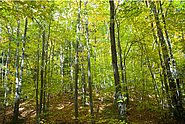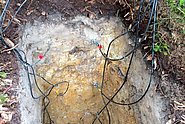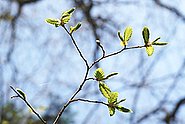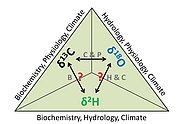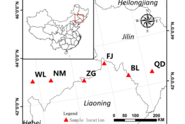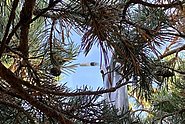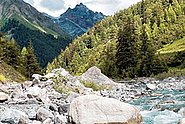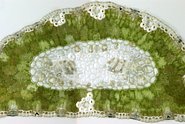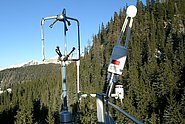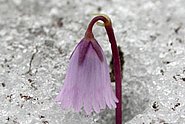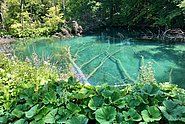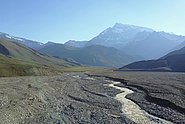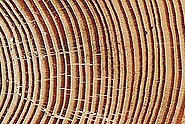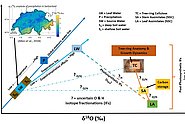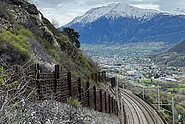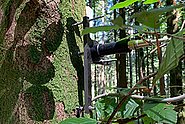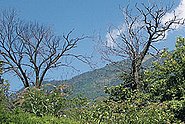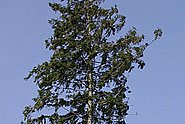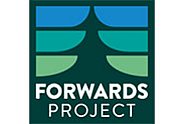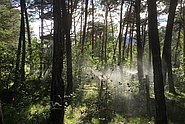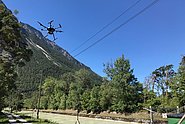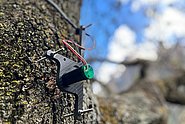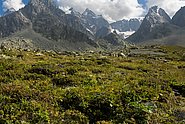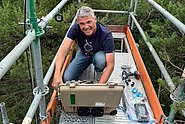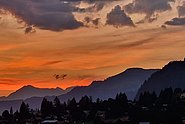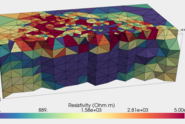Understanding the processes that drive and regulate forest growth, biogeochemical cycles, biotic interactions and biodiversity-ecosystem functioning at different scales is of central importance to our work. Only with this understanding we can assess and predict shifts in the function of ecosystems and landscapes subjected to fundamental changes in the prevailing environmental conditions (i.e. climate and land use).
EDUCATION/TRAINING
| Institution and Location | Degree | Year(s) | Field of Study |
| University of Freiburg University of Freiburg University of Freiburg | Diplom Dr. rer. nat PD (habil) | 1994 1998 2004 | Biology Tree Physiology Tree Physiology |
POSITIONS: Employment /Experience
| 1994-1999 | Postgraduate student/research assistant at the University of Freiburg (Institute of Forest Botany and Tree Physiology), Germany |
| 1999-2002 | Postdoctoral Fellow and Group leader at the University of Freiburg (Institute of Forest Botany and Tree Physiology), Germany |
| 2002-2005 | Research fellow of the Deutsche Forschungsgemeinschaft at the University of Freiburg, Germany |
| 2002-2003 | Visiting Fellow at the at the School of Forest and Ecosystem Science of the University of Melbourne, Austrlia |
| 2005 | Senior Research Fellow at the School of Forest and Ecosystem Science of the University of Melbourne, Australia |
| 2005-2006 | Visiting Fellow at the Research School of Biological Sciences at the Australian National University, Canberra, Australia |
| 2006 | Research Fellow at the Institut National de la Recherche Agronomique in Nancy/Champenoux, France |
| 2006-2009 | Head of the Core Facility Metabolomics at the Centre for Biosystem Analysis (ZBSA) of the University of Freiburg, Germany |
| 2009-2014 | Head of the Institute for Landscape Biogeochemistry at the Leibniz Centre for Agricultural Landscape Research (ZALF) and Professor for Landscape Biogeochemistry at the Humboldt University at Berlin |
| Since 2014 | Research Program and Group Leader at the Swiss Federal Institute for Forest, Snow and Landscape Research WSL |
Five selected Publications:
(a full publication list can be found at: www.arthur-gessler.de)
Hommel R, Siegwolf R., Saurer M, Farquhar GD, Kayler Z, Ferrio JP, Gessler A. 2014. Drought response of mesophyll conductance in forest understory species - Impacts on water use efficiency and interactions with leaf water movement. Physiologia Plantarum online.
Gessler A, Brandes E, Keitel C, Boda S, Kayler ZE, Granier A, Barbour M, Farquhar GD, Treydte K. 2013. The oxygen isotope enrichment of leaf-exported assimilates - does it always reflect lamina leaf water enrichment? New Phytologist 200: 144-157.
Offermann C, Ferrio JP, Holst J, Grote R, Siegwolf R, Kayler Z, Gessler A. 2011. The long way down – Are carbon and oxygen isotope signals in the tree ring uncoupled from canopy physiological processes? Tree Physiology 31: 1088-1102.
Wingate L, Ogée J, Burlett R, Bosc A, Devaux M, Grace J, Loustau D, Gessler A. 2010 Photosynthetic carbon isotope discrimination and its relationship to the carbon isotope signals of stem, soil and ecosystem respiration. New Phytologist, 188: 576–589.
Gessler A, Tcherkez G, Karyanto O, Keitel C, Ferrio JP, Ghashghaie J, Farquhar GD. 2009. On the metabolic origin of the carbon isotope composition of CO2 evolved from darkened light-acclimated leaves in Ricinus communis. New Phytologist 181: 374–386


